When it comes to emergency preparedness, recognizing the unpredictability of weather patterns plays a big role. Despite modern advancements in meteorological science, there remain instances where nature defies expectations, catching even the most experienced forecasters off guard. These historical weather forecasting fails show us just how unpredictable and unforgiving Mother Nature is, and stress the importance of readiness for any situation.
Blizzard, Dakota, 1888
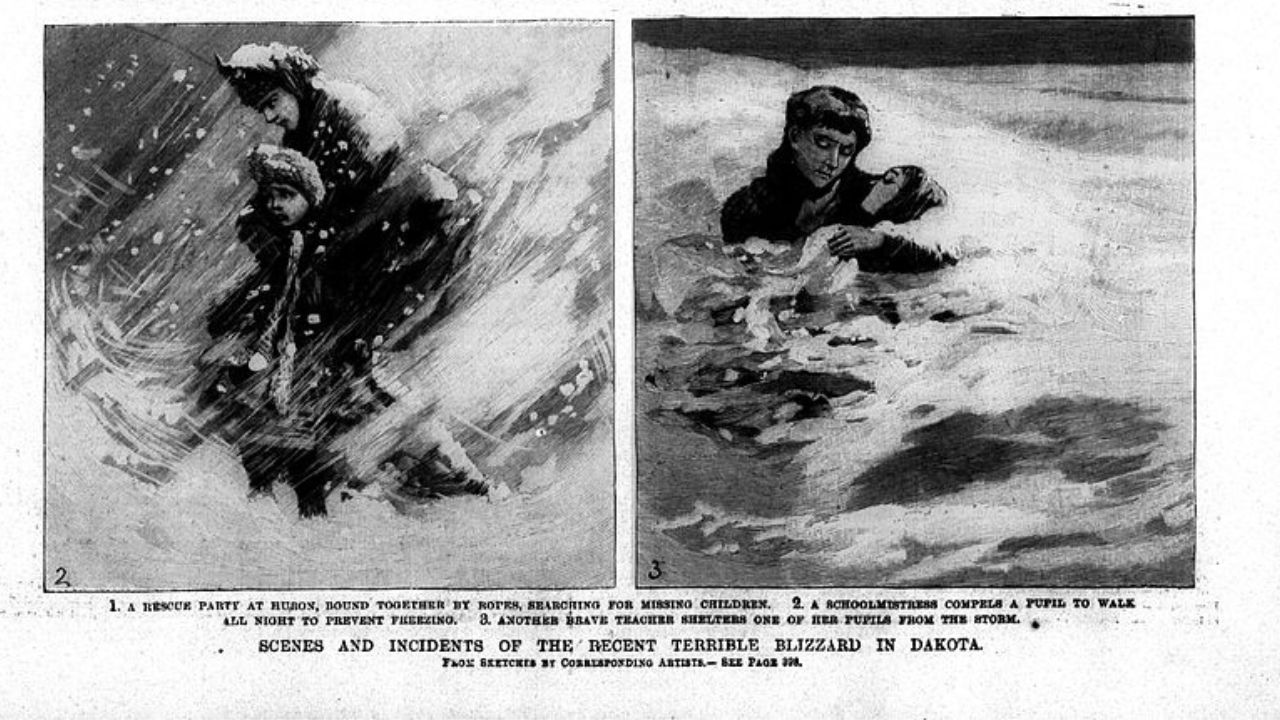
Imagine a January day in 1888 in the Dakota territory, with no hint of the looming disaster. A sudden, drastic temperature drop to minus 34 degrees Fahrenheit and a brutal snowstorm caught everyone by surprise, claiming over 230 lives, including children and farmworkers.
The Great Blizzard, New York, 1888
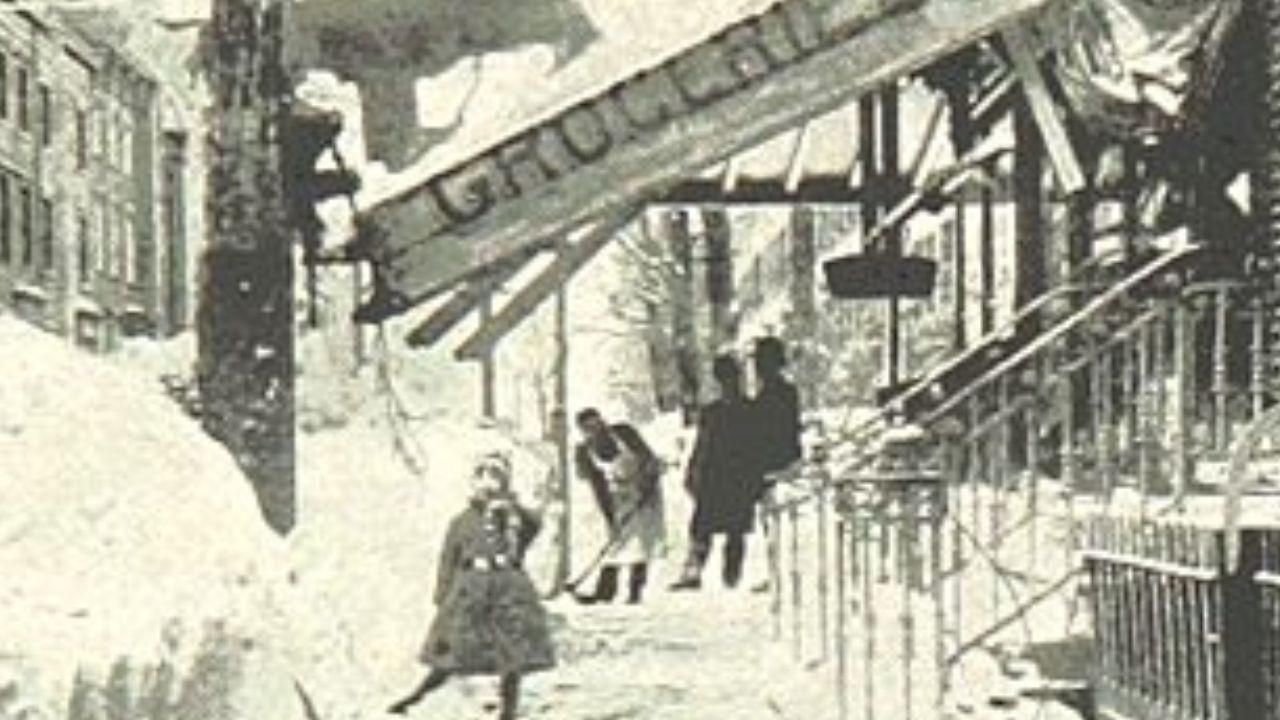
Just two months following the Dakota blizzard, New York experienced its own unexpected weather disaster. With no forewarning, a merciless blizzard struck, claiming 400 lives and causing extensive maritime destruction. This calamity spurred the creation of the National Weather Bureau, a watershed moment in the evolution of weather prediction in the United States.
Knickerbocker Storm, Washington D.C., 1922
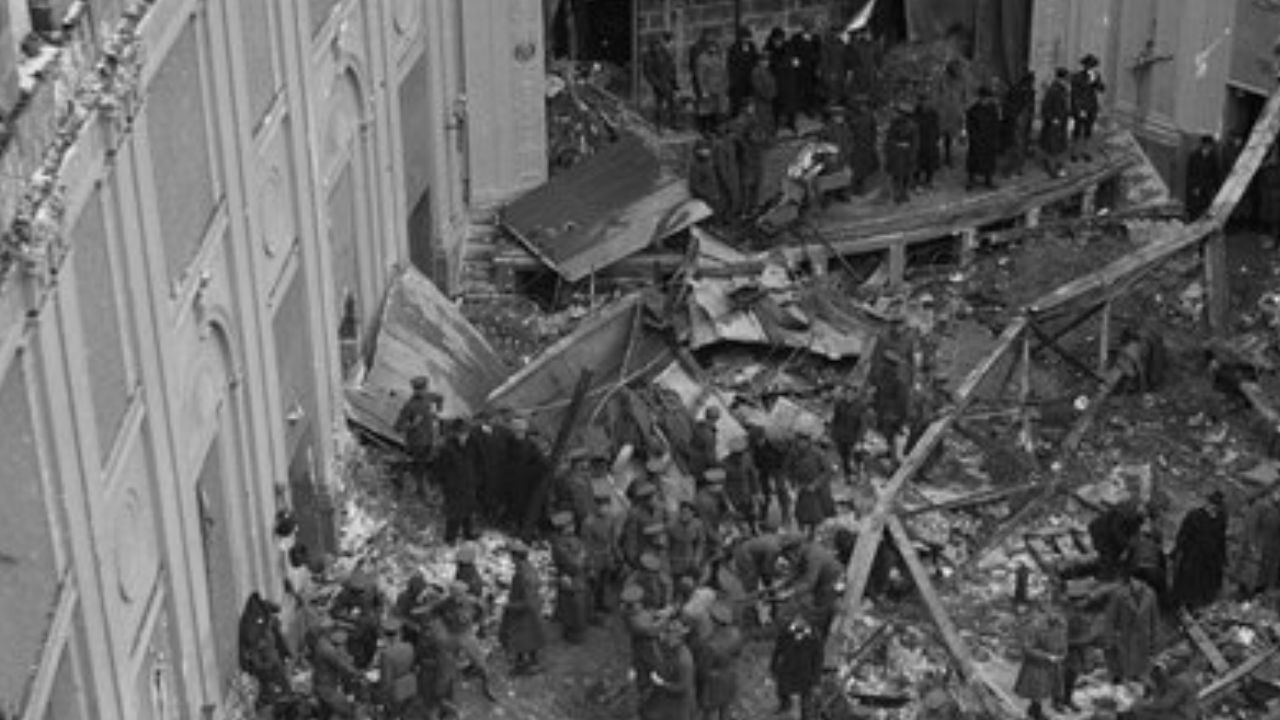
In 1922, Washington D.C. was anticipating continued mild weather when it was instead besieged by a historic snowfall exceeding two feet within a day. The resulting collapse of the Knickerbocker Theatre, claiming 98 lives, served as a stark reminder of the need for readiness and the catastrophic consequences of underestimating severe weather events.
Tri-State Tornado, Missouri, Illinois, Indiana, 1925
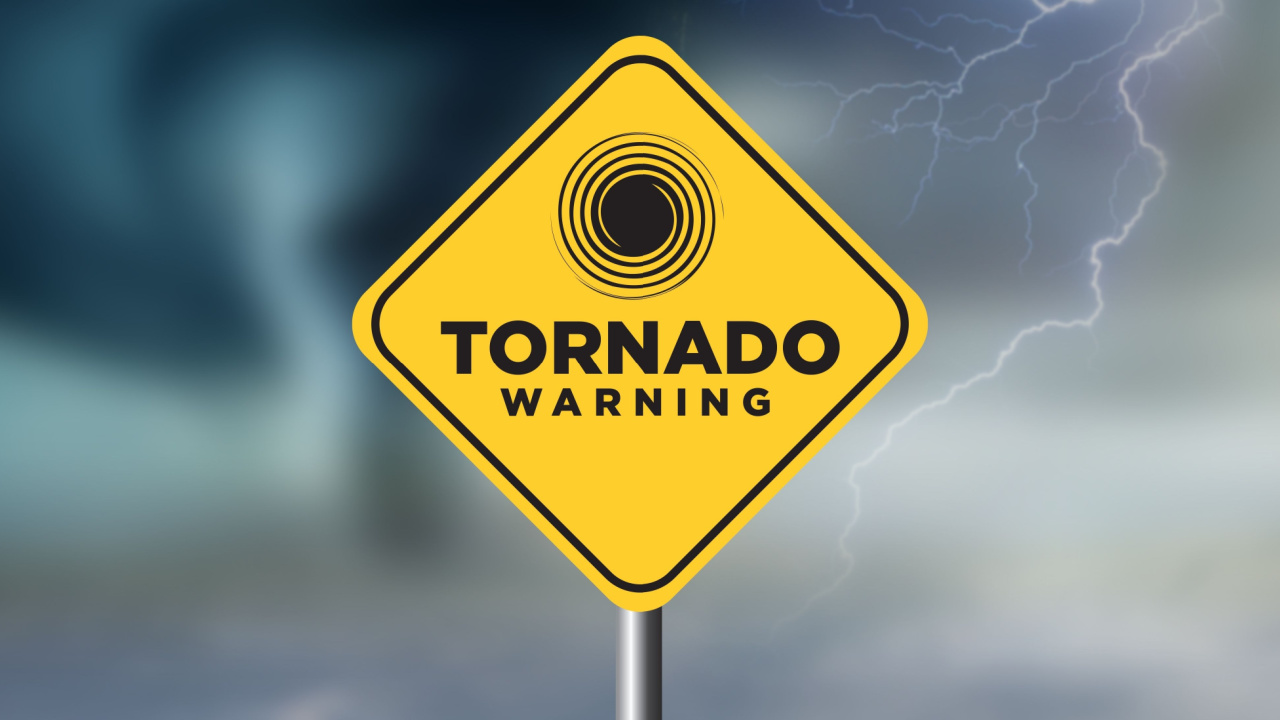
Without any forewarning, the most lethal tornado in U.S. history ravaged Missouri, Illinois, and Indiana, resulting in 695 fatalities. The lack of a prediction for such a devastating tornado underscores the essential need for vigilance and the development of early warning systems to lessen the effects of such unpredictable natural disasters.
Tornado, Tinker Air Force Base, 1948
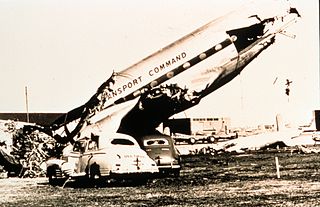
In 1948, an unanticipated tornado wreaked havoc on Tinker Air Force Base in Oklahoma, prompting the initiation of a dedicated tornado prediction effort. This pivotal event marks a significant leap in meteorological practices, shifting from a reactive to a proactive approach in weather forecasting.
North Sea Flood, UK, Netherlands, 1953
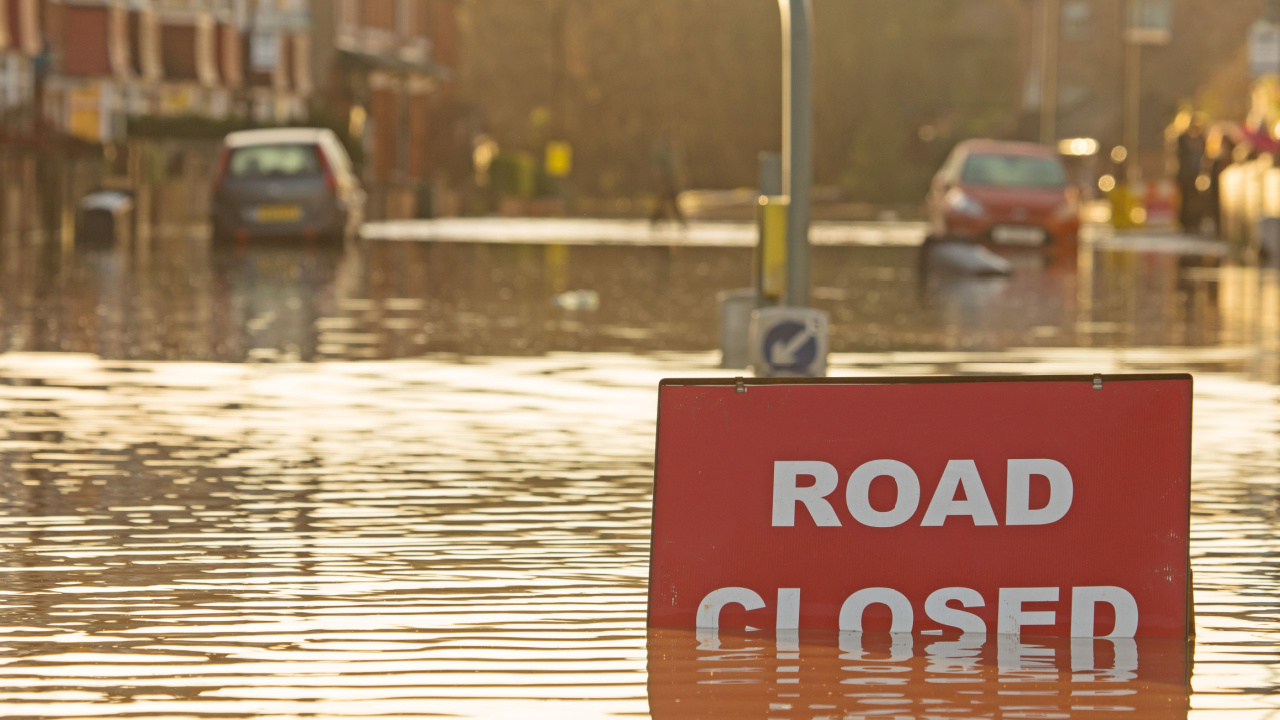
A catastrophic storm surge in 1953 struck the coasts of the United Kingdom and the Netherlands, resulting in a heartbreaking loss of 2,500 lives. Despite predictions from the U.K. Met Office, the absence of an effective local warning system left residents exposed. The flood overwhelmed coastal defenses, flooding communities. This disaster led to major improvements in flood defense and warning mechanisms, including the construction of the Thames Barrier to avert similar future catastrophes.
Snowstorm, Chicago, 1967
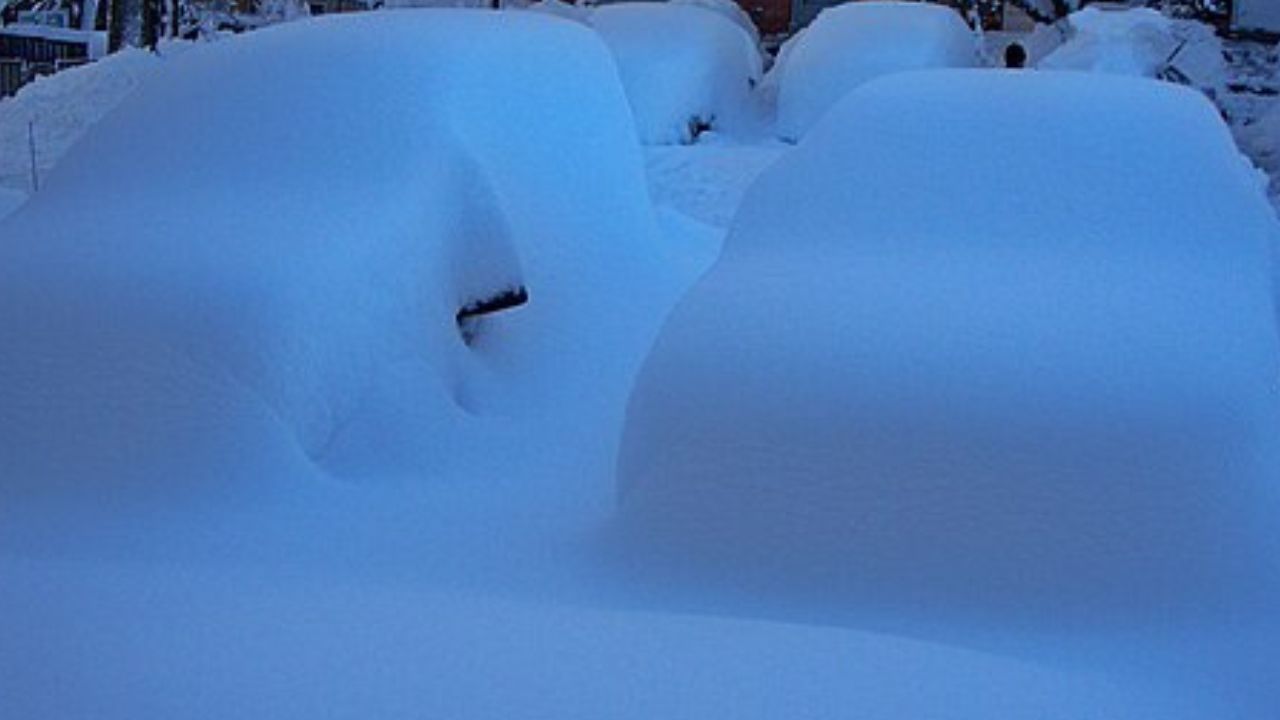
In 1967, Chicago faced an unprecedented snowstorm that left the city in disarray, dumping nearly two feet of snow, contrary to the few inches that were forecasted. The city was paralyzed, with archive footage showing scenes of deserted vehicles and stranded Chicagoans. This event served as a critical lesson in the importance of preparing for the worst when it comes to winter weather predictions, highlighting the value of having effective emergency response strategies for extreme snowfall situations.
Surprise Snowstorm, Britain, 1970
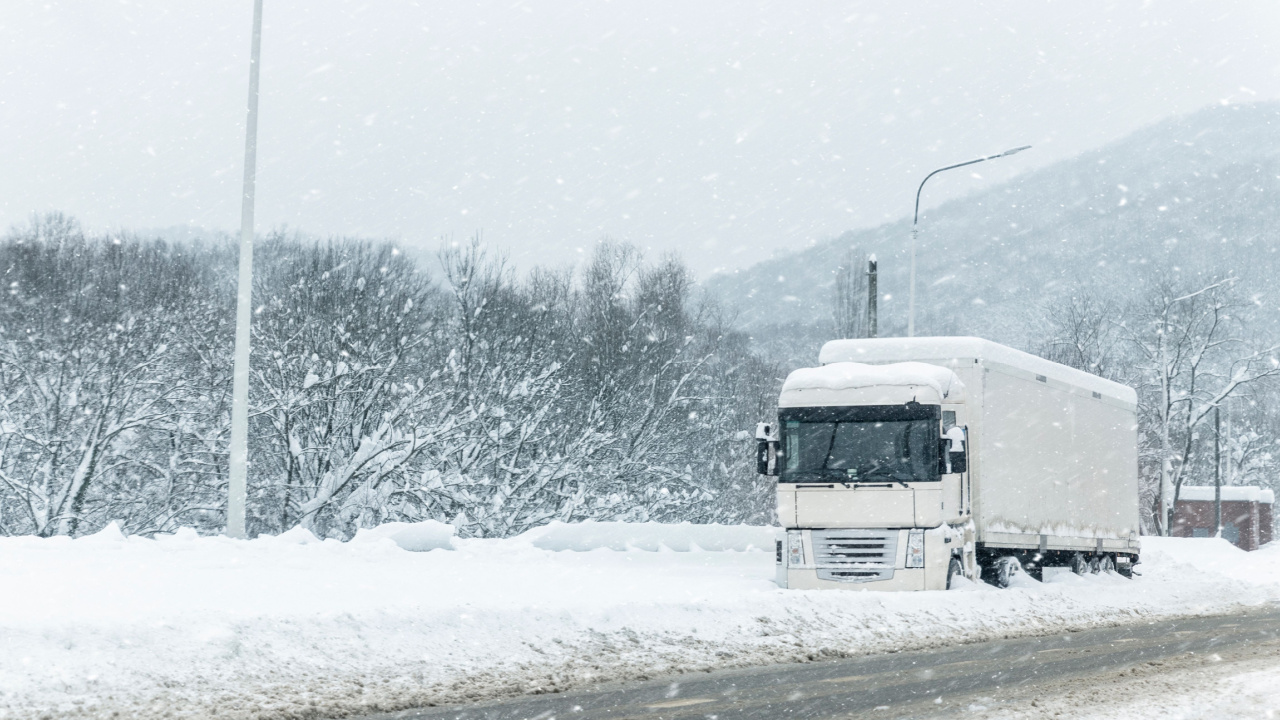
Britain found itself grappling with an unexpected severe snowstorm in 1970 after forecasts predicted continued mild weather. The storm brought 18 inches of snow within just 10 hours, causing significant disruptions, stranding motorists, and stretching emergency services thin.
Heatwave and Drought, Britain, 1976
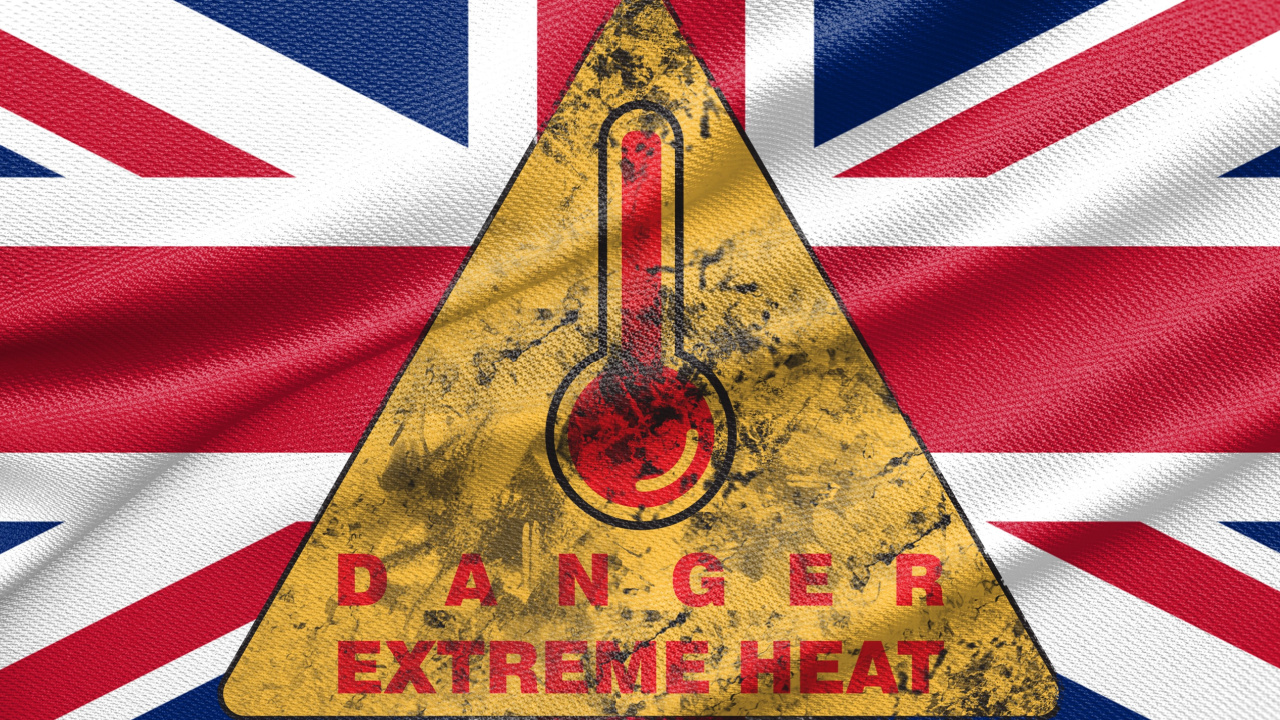
The UK’s 1976 heatwave led to unprecedented water shortages and record-high temperatures, prompting the appointment of a drought minister. Ironically, the minister’s tenure began with a sudden and unpredicted downpour.
Hurricane Elena, Gulf Coast, 1985
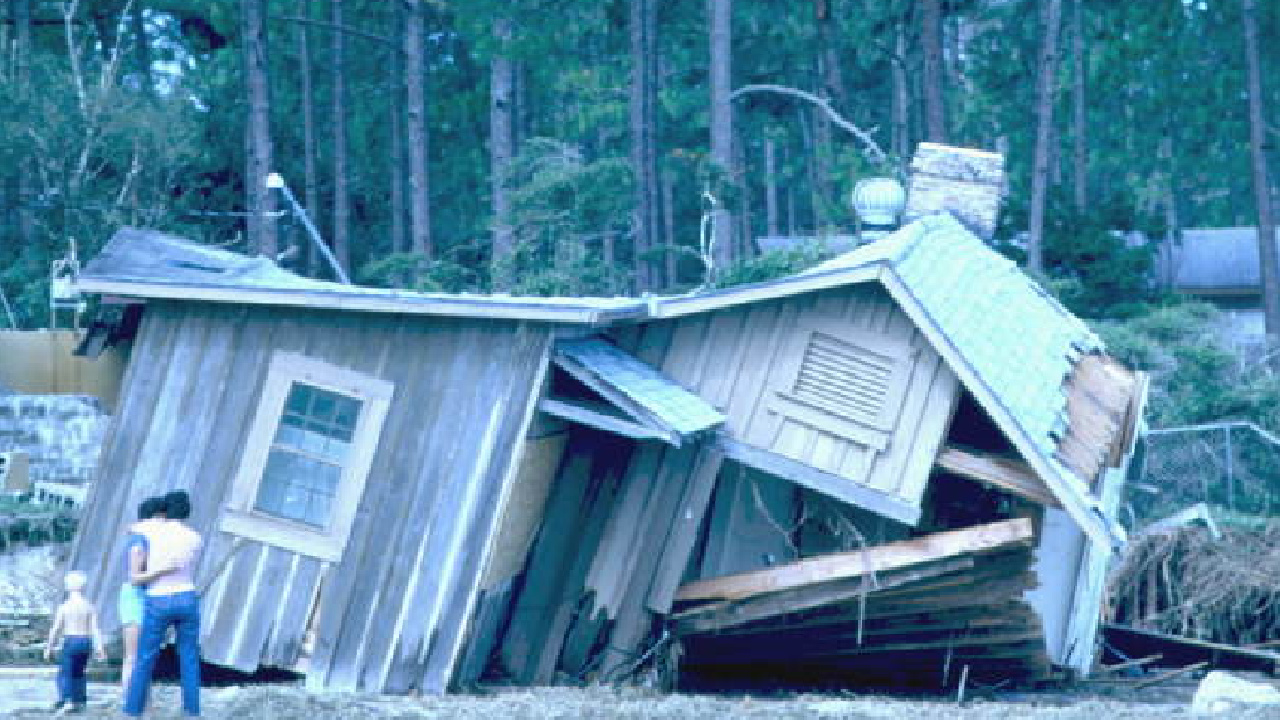
In 1985, Hurricane Elena demonstrated the unpredictable nature of hurricanes, with its erratic path causing destruction along the Gulf Coast. The difficulty in forecasting its trajectory highlighted the challenges meteorologists face and highlighted the importance of emergency preparedness and effective evacuation strategies in areas susceptible to hurricanes.
The Great Storm, Britain, 1987
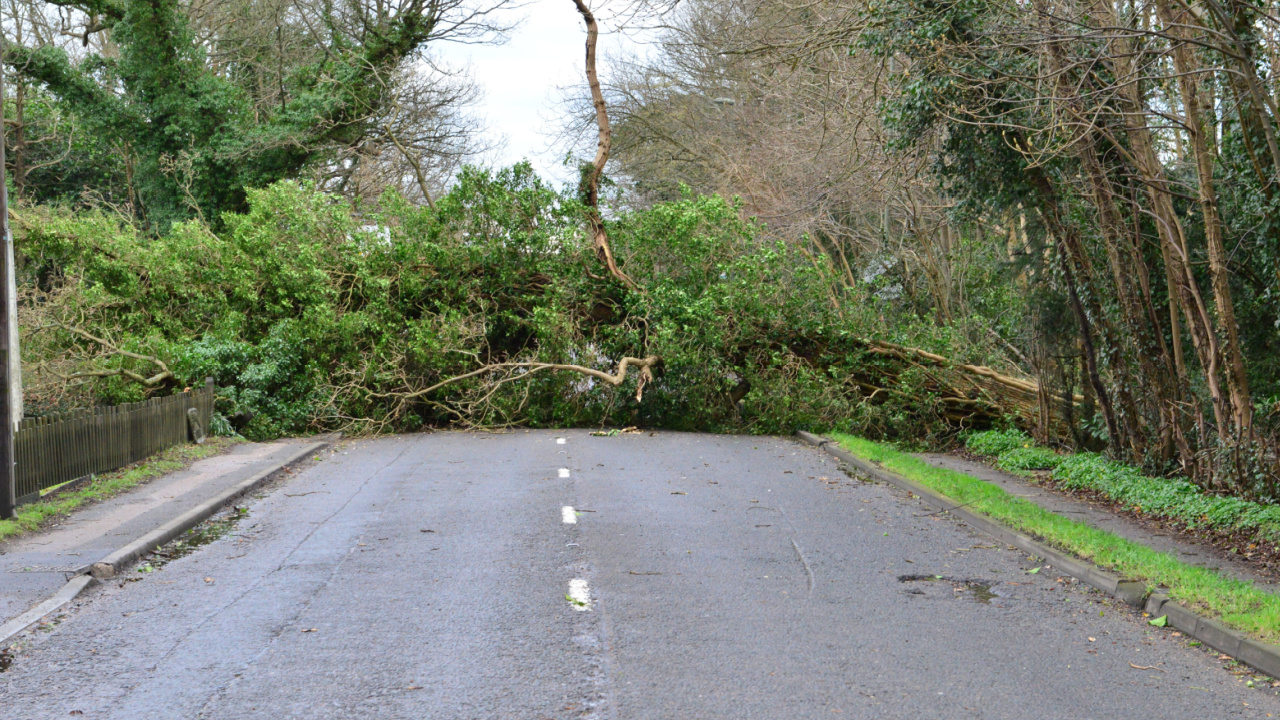
The Great Storm of 1987, hitting the British Isles with winds exceeding 100 mph, became a landmark event due to the widespread damage it caused and the lives it claimed. The dismissal of a hurricane warning by a prominent meteorologist, Michael Fish, became a cautionary tale and a bit of a national joke.
Hurricane Charley, Florida, 2004
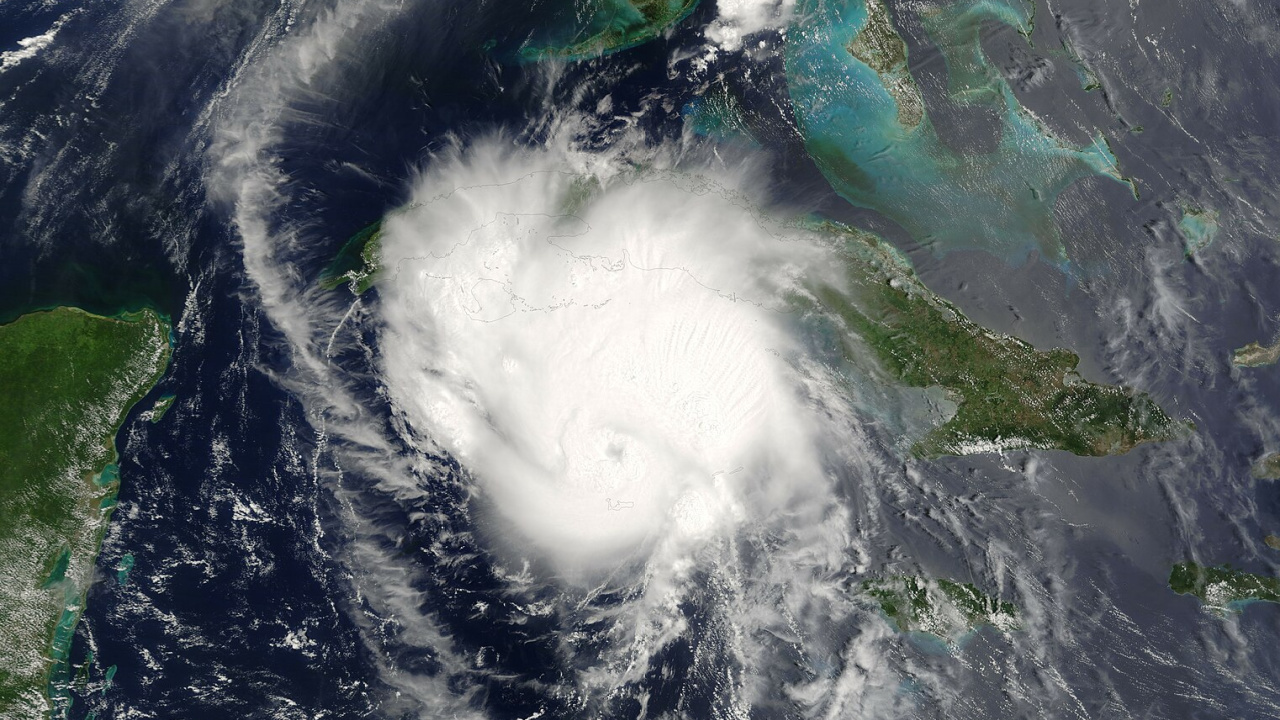
Hurricane Charley’s sudden intensification and shift in 2004 put a spotlight on the unpredictable nature of hurricanes. Its impact, particularly on Florida, with winds reaching 150 mph, stressed the importance of constant weather monitoring, timely forecast updates, and the development of adaptable and thorough disaster response plans.
Boscastle Flood, UK, 2004
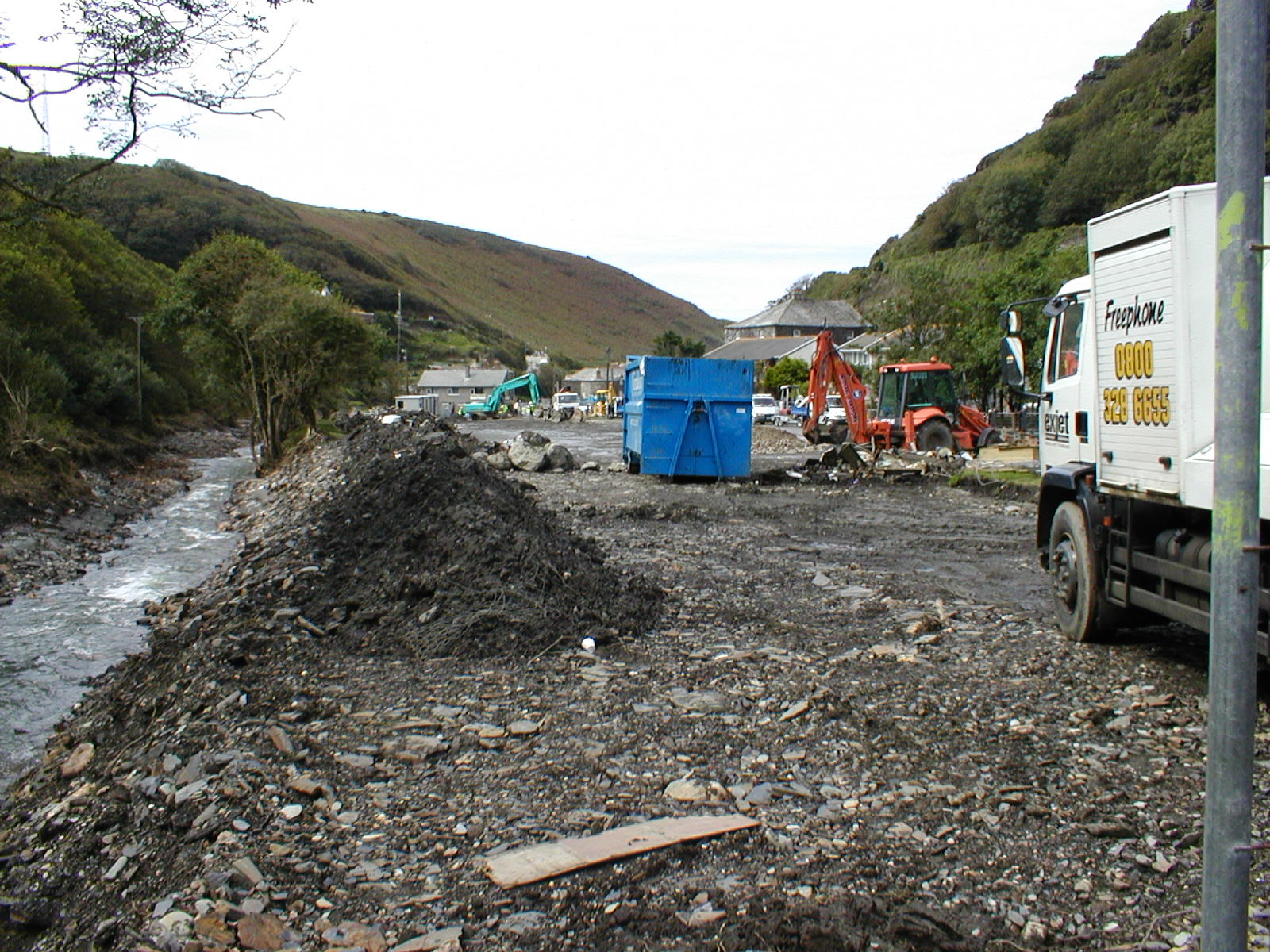
The Boscastle flood in 2004, driven by an unexpected extreme weather event, caused widespread destruction. The rapid flooding, triggered by intense rainfall and the village’s geographical setup, highlighted the need for disaster preparedness to consider local topography and weather patterns.
Hurricane Katrina, Louisiana, 2005
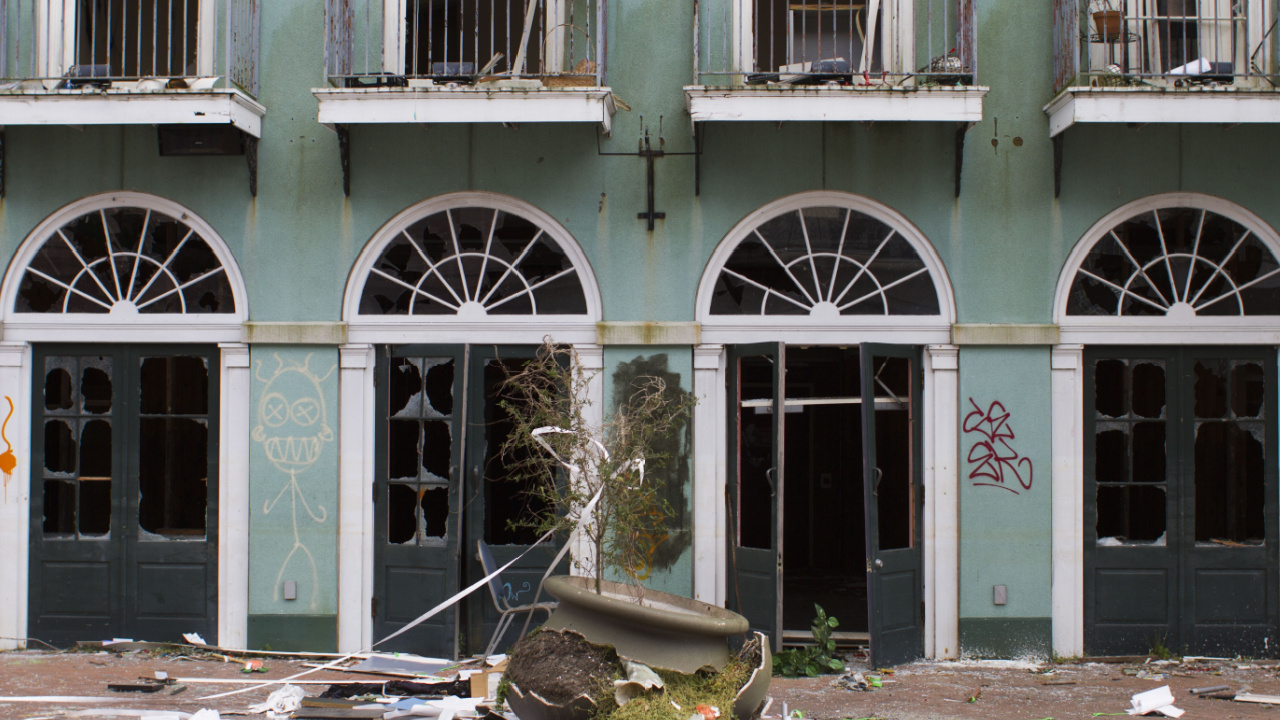
Hurricane Katrina in 2005, one of the most devastating storms in U.S. history, was initially underestimated by many due to skepticism towards the severe warnings issued.
The National Weather Service’s prediction of catastrophic effects, which some deemed exaggerated, unfortunately came to pass, leading to massive destruction in New Orleans, over 2,000 fatalities, and significant, lasting damage.
Tornado Outbreak, Minnesota, 2008
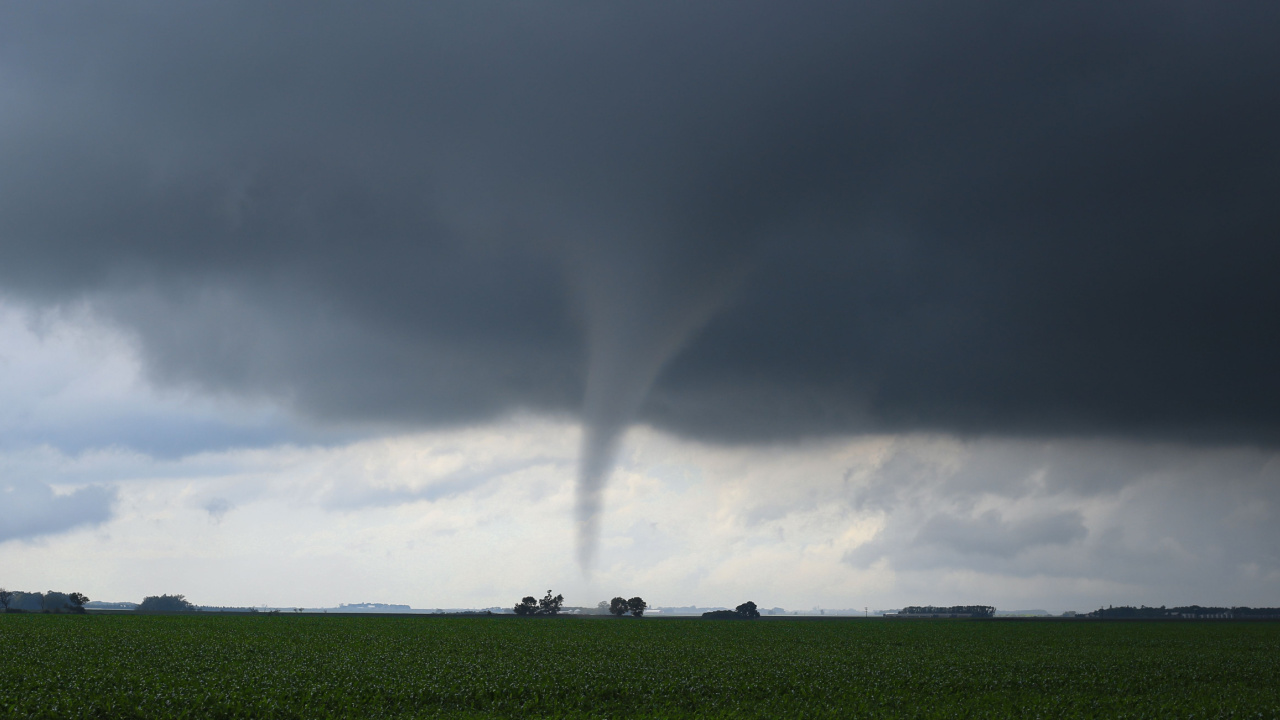
In May 2008, Minnesota encountered an unexpected disaster with a series of four tornadoes tearing through, notably devastating the town of Hugo. The storm’s warning system inadequately communicated the threat, leading many to believe the danger had subsided.
“Barbecue Summer”, UK, 2009
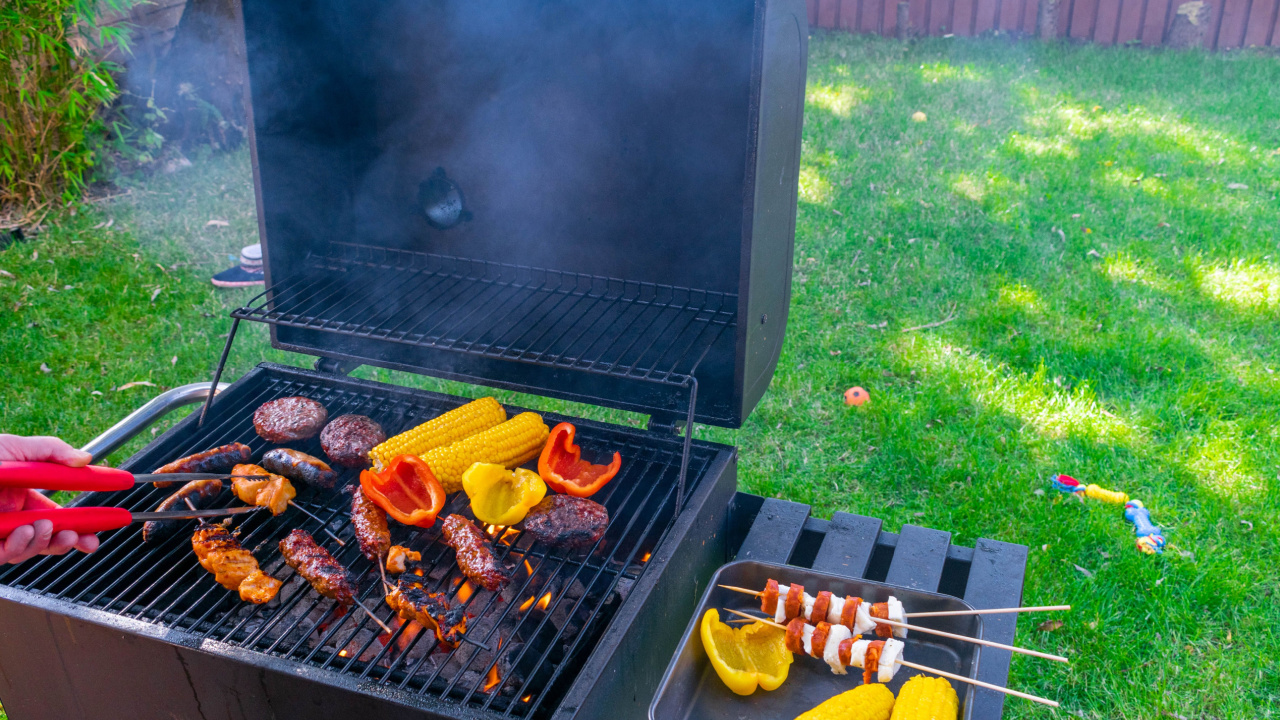
The Met Office’s 2009 forecast of a “barbecue summer” set the stage for anticipation of sunny, warm weather across the UK, only to pivot to a season marked by rain and chill. This forecasting flop did nothing but make the UK’s weather forecasting even more of a national joke than it already was.
Unexpected Cold Snap, UK, 2009
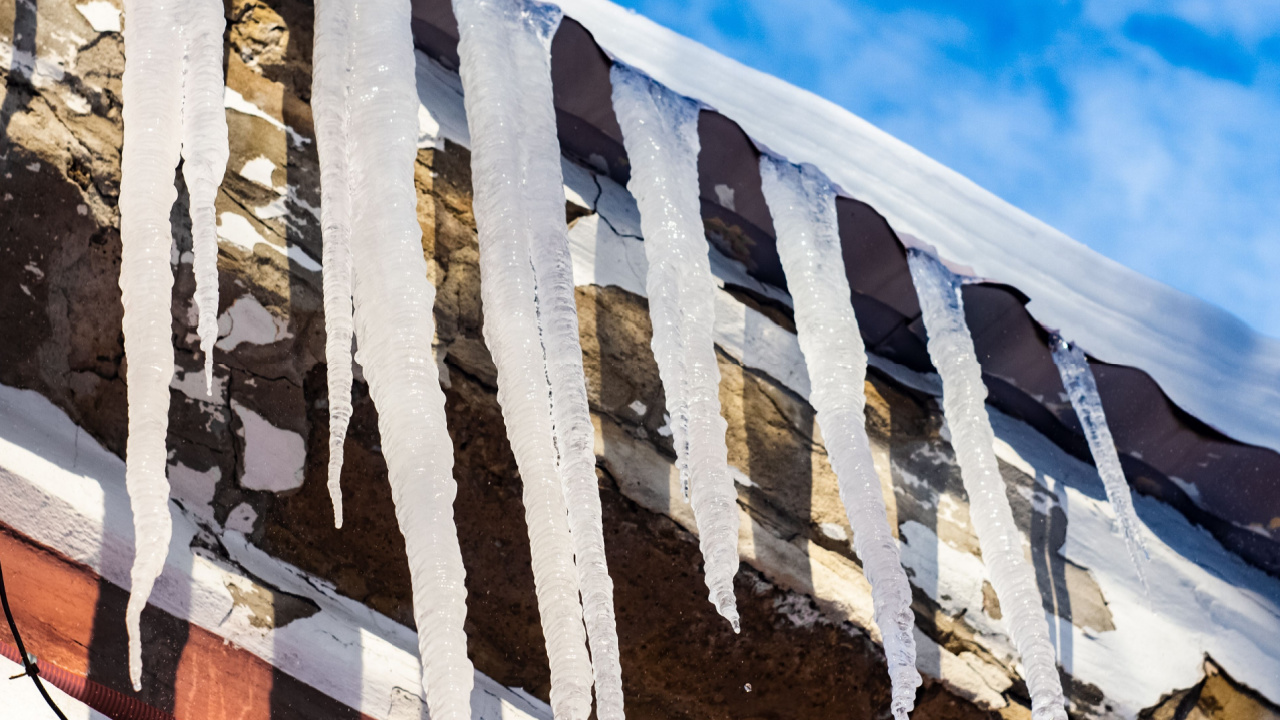
Compounding the forecasting missteps of 2009, the Met Office’s assurance of a mild winter was shattered by the onset of the coldest winter the UK had seen in years. This unexpected freeze led to widespread travel woes, energy scarcities, and a strain on essential services.
Indian Drought, 2009
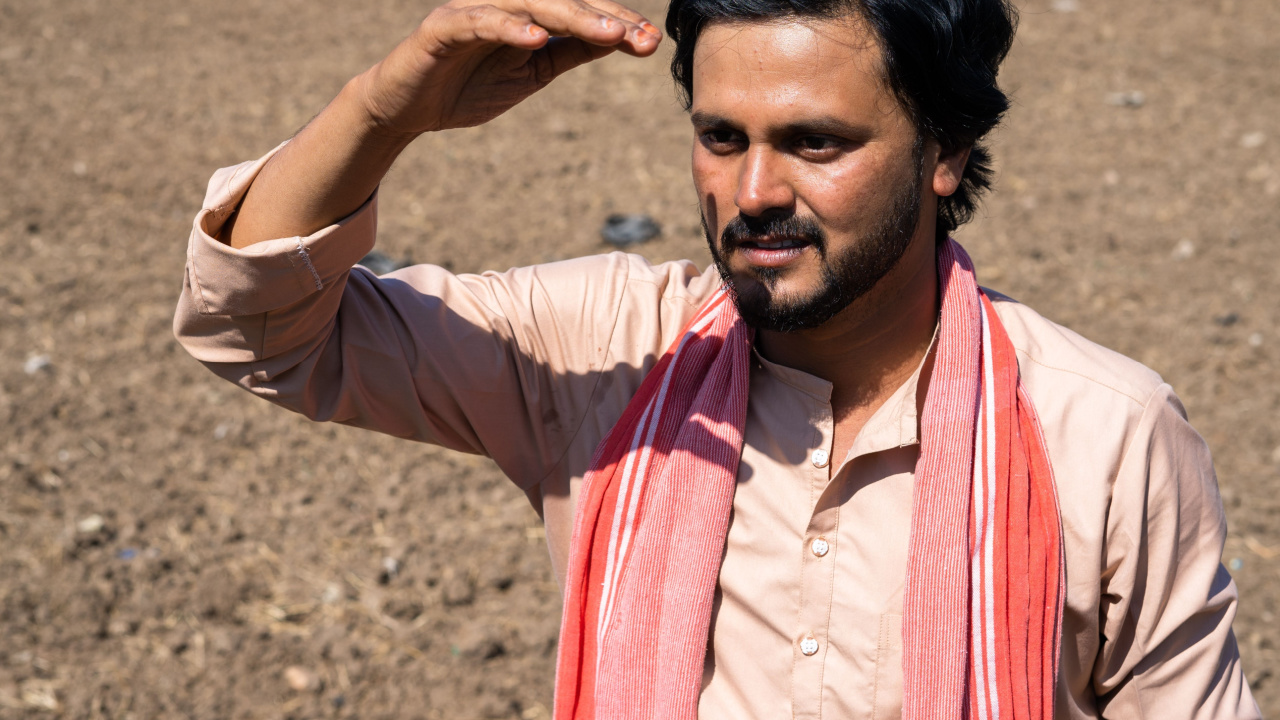
The Indian Meteorological Department’s oversight in forecasting one of the most severe monsoons in decades in 2009 precipitated an agricultural crisis. This misstep led to extensive crop failure, exacerbating food shortages and economic strife for countless individuals.
Typhoon Conson, Philippines, 2010
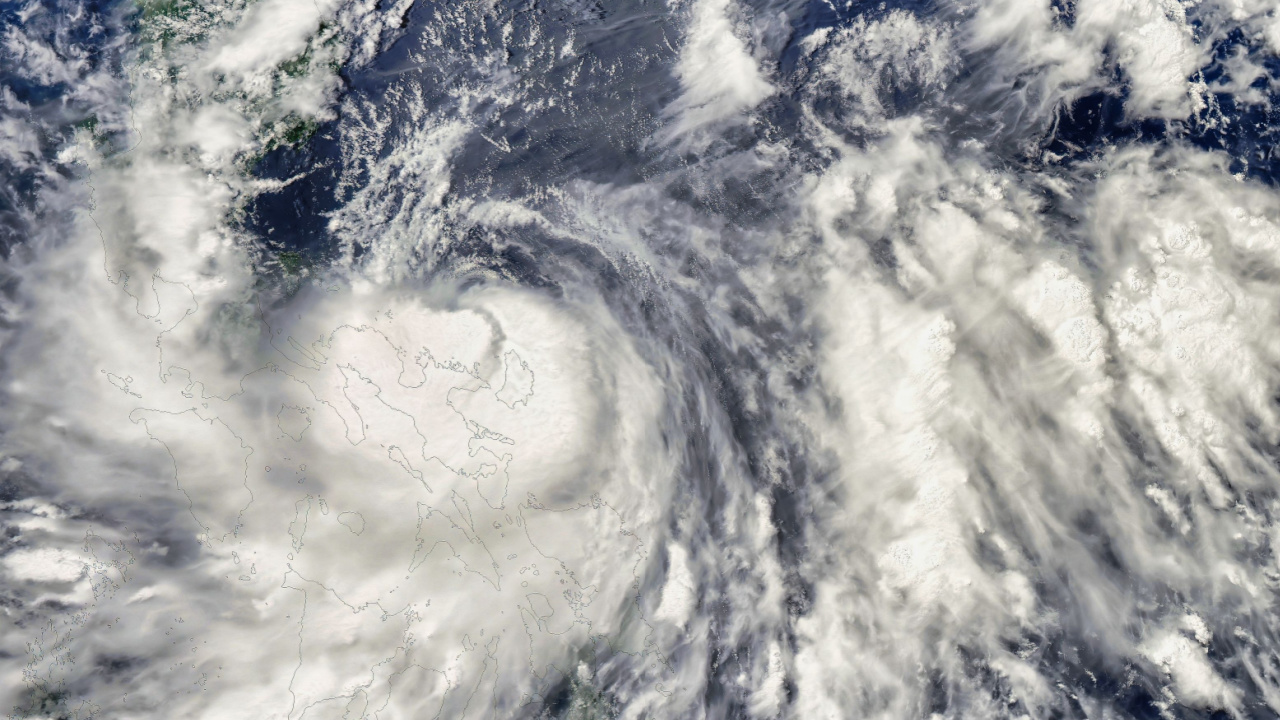
Typhoon Conson’s assault on the Philippines in 2010, with insufficient warnings from meteorological authorities, resulted in over a hundred fatalities and widespread destruction. The tragedy brought to light the essential need for prompt and accurate storm warnings to safeguard lives and mitigate damage in disaster-prone regions.
Cold Snap, Britain, 2010-2011
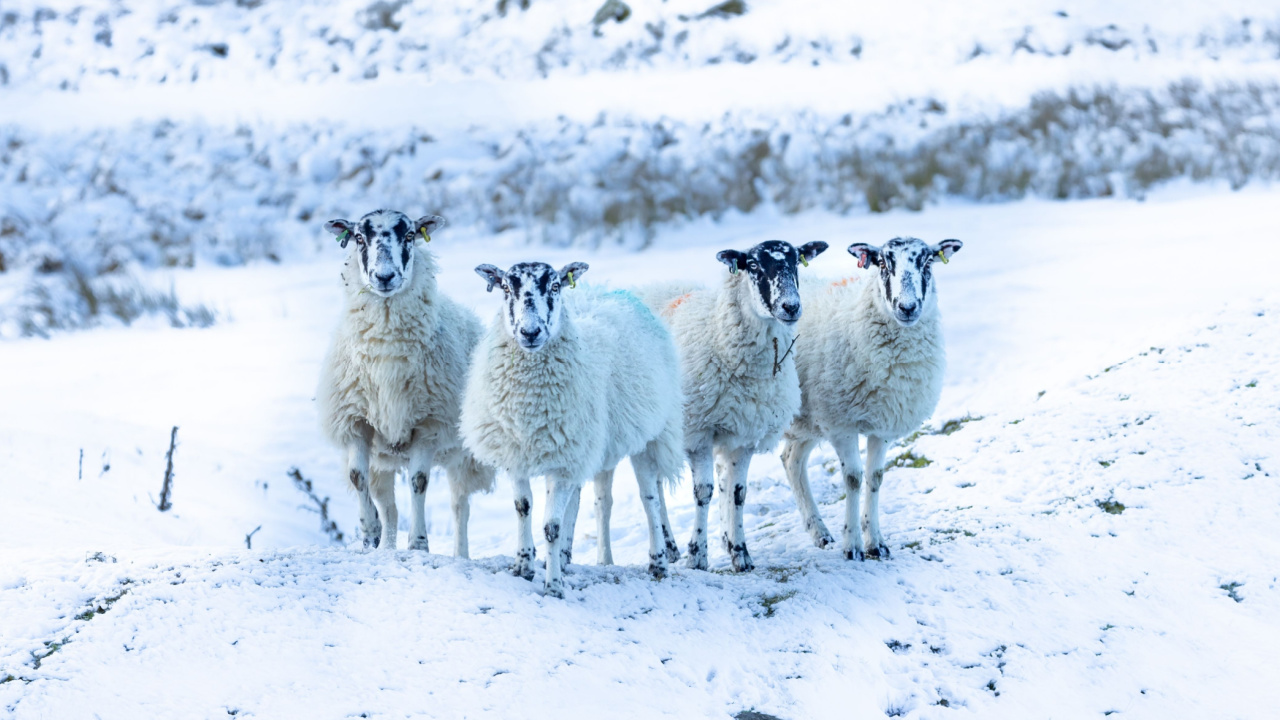
The British government’s reluctance to act on the Met Office’s accurate forecast of a severe winter in 2010-2011 resulted in a nationwide standstill due to heavy snow and record-breaking cold temperatures. This scenario demonstrated the crucial need for governmental bodies to trust scientific predictions and implement proactive measures to lessen the impact of harsh weather.
Superstorm Sandy, 2012
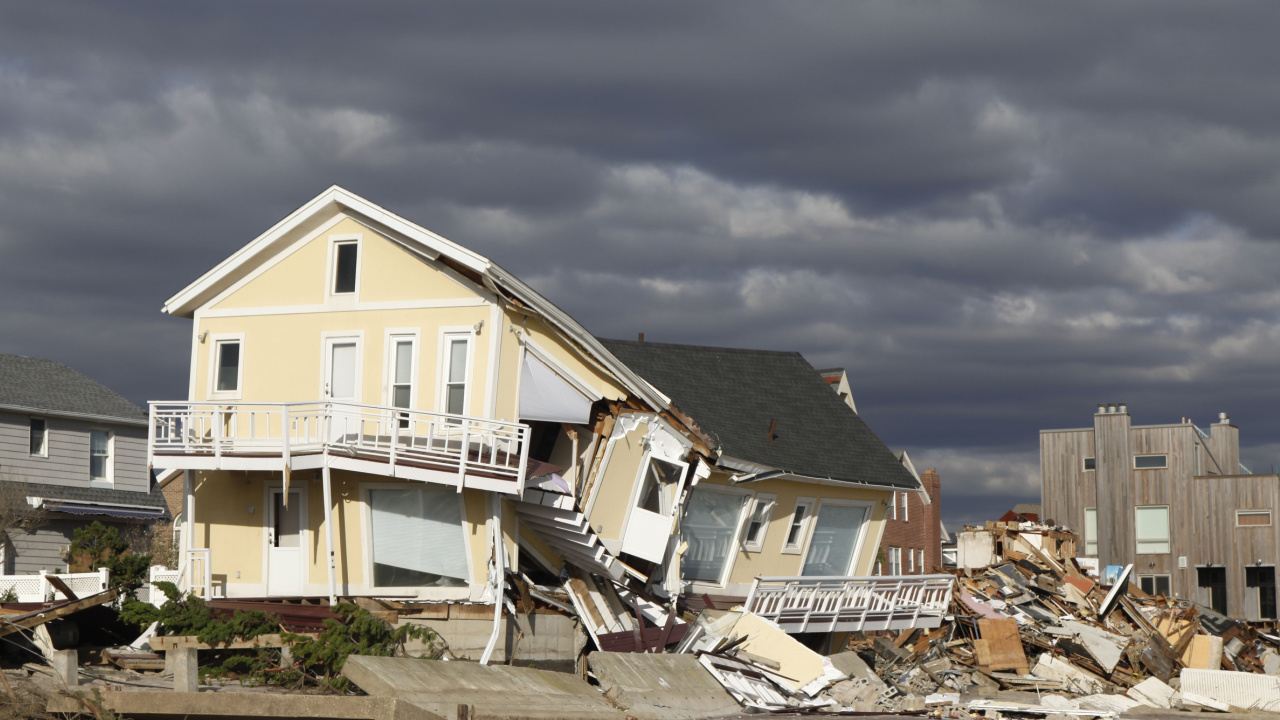
Superstorm Sandy, in 2012, presented a unique challenge by defying traditional hurricane categories, leading to a dangerous underestimation of its potential havoc. Although forecasts accurately predicted its path, the lack of urgency in the warnings failed to prompt adequate preparations.
Sandy’s collision with two other storm systems intensified its effects, causing unprecedented flooding in New York City and extensive damage across multiple states.
Indonesian Forest Fire, 2015
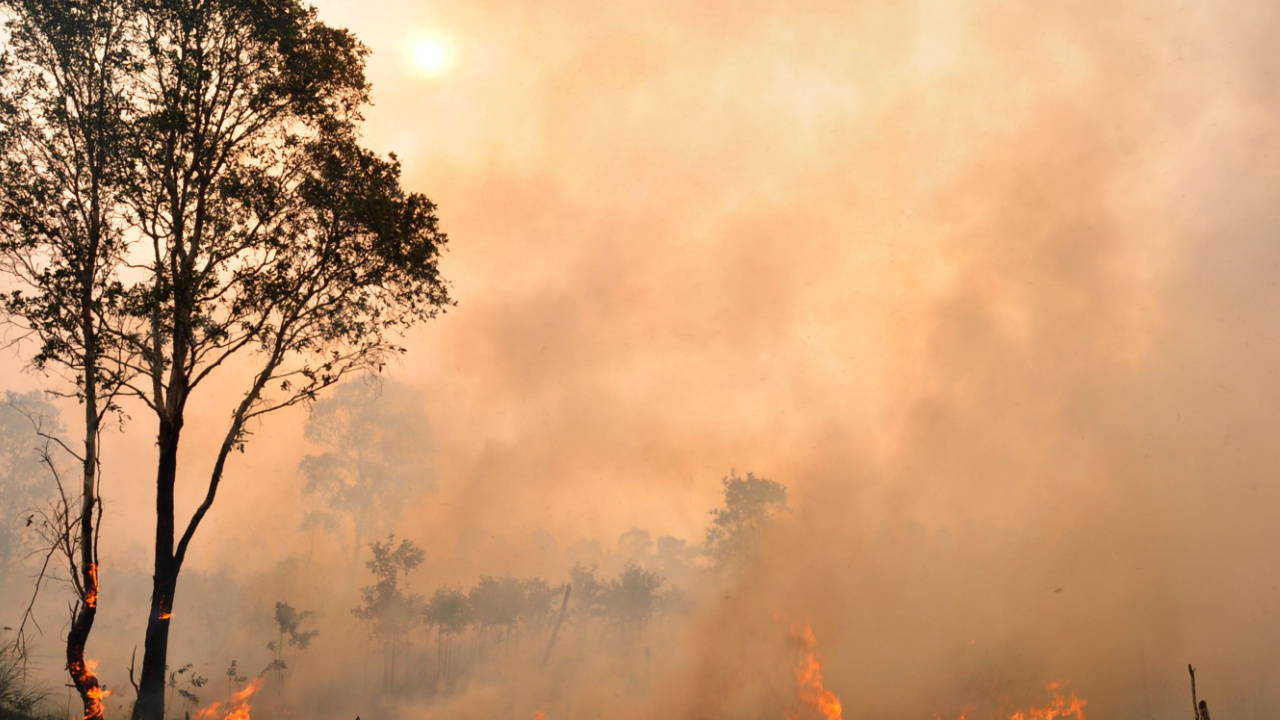
Indonesia’s severe forest fires in 2015, intensified by an El Niño season, resulted in one of the country’s worst environmental disasters, affecting air quality and health across Southeast Asia. The inability to predict the scale of the drought and fires highlighted the critical role of environmental forecasting in disaster prevention and resource management in mitigating ecological disasters.
“Ghost Storm”, Hungary, 2022
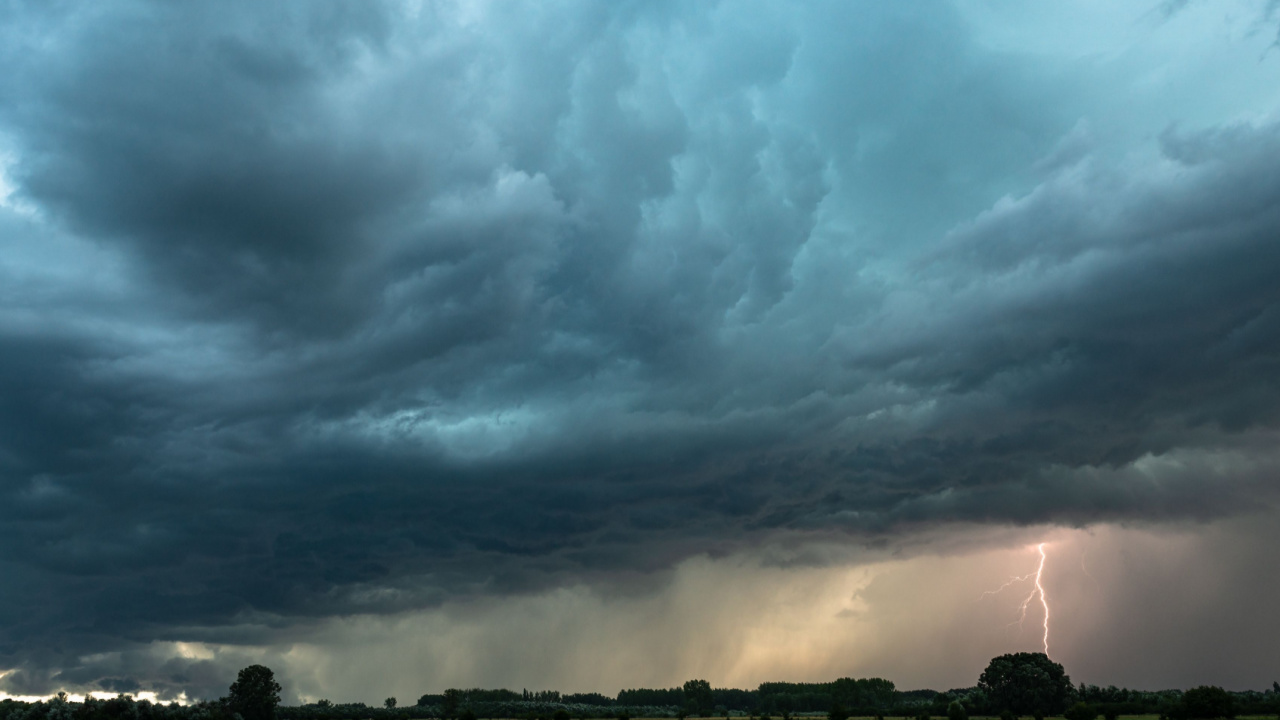
In 2022, Hungary experienced a “Ghost Storm” when a predicted severe storm, leading to the cancellation of Budapest’s St. Stephen’s Day fireworks, unexpectedly bypassed the city. The clear skies that ensued sparked frustration among citizens eager for the festivities.
Gansu Ultramarathon Tragedy, 2021
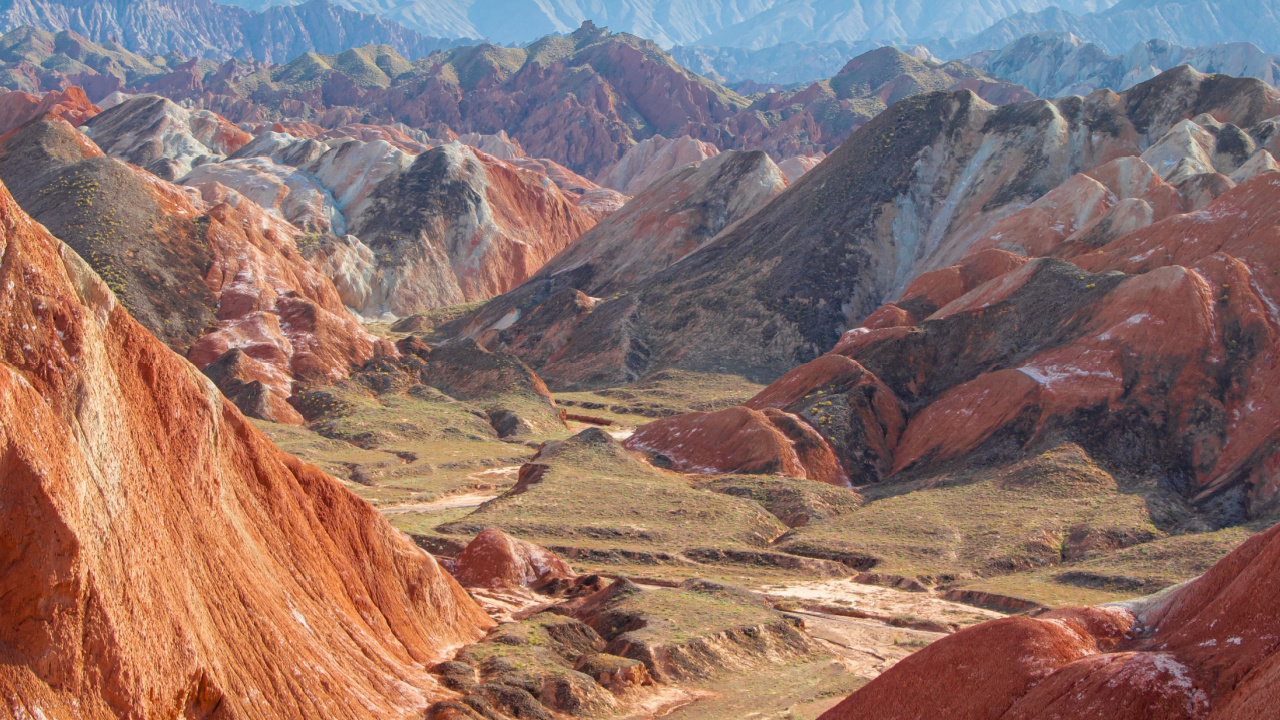
The 2021 Gansu Ultramarathon disaster tragically unfolded when unexpected severe weather struck the race, leading to 21 runners losing their lives to extreme cold and wind. Despite a weather warning issued the night before predicting dangerous conditions, organizers did not take the necessary precautions.
17 Most Devastating Tornadoes In History
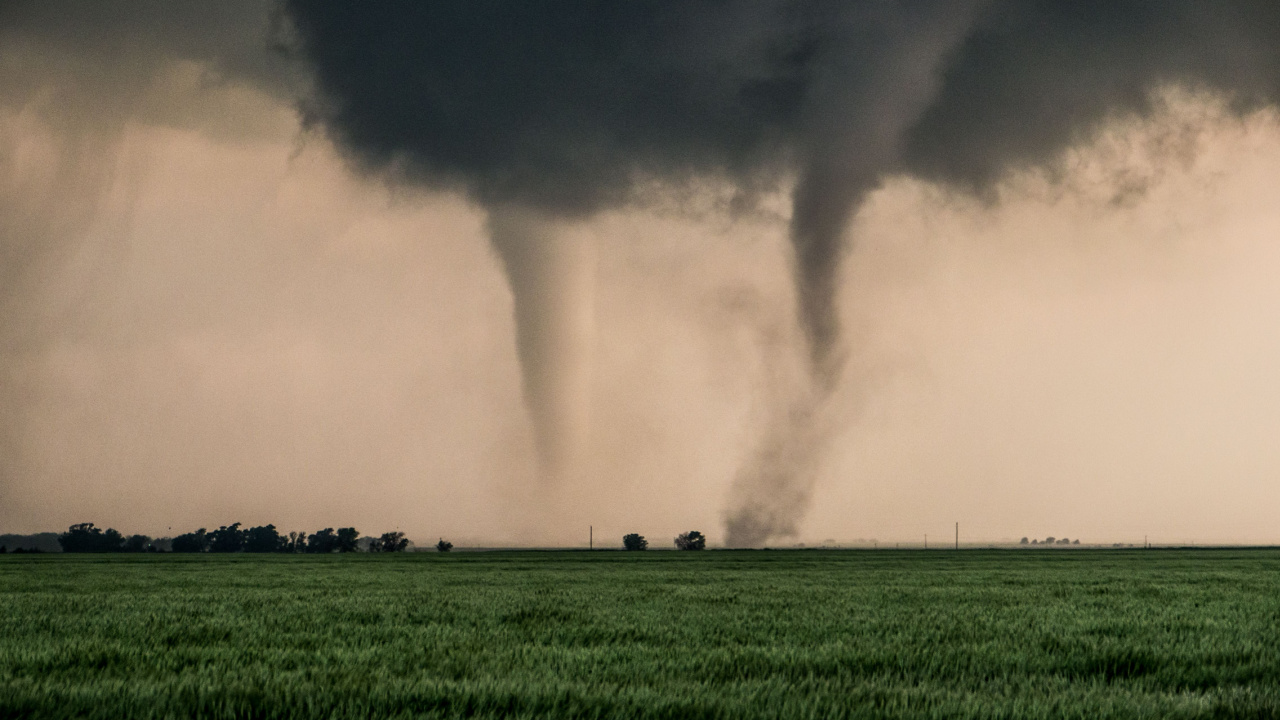
Nature’s fury is terrifying, and tornadoes are among the most deadly natural phenomena. These 17 deadly tornadoes highlight nature’s power and the resilience of humans in the aftermath of such devastation.
24 Most Devastating Blizzards in US History

For preppers, understanding the power and impact of historic blizzards is key to being prepared for future winter emergencies. Each of these historic snowstorms teaches valuable lessons about resilience, planning, and survival. The more prepared we are, the better our chances of survival in an emergency scenario.
- Read More: 24 Most Devastating Blizzards in US History
23 Riskiest Cities To Be During a Power Grid Collapse
In a world where the stability of our power grid is increasingly under threat, knowing which urban areas to avoid during a blackout is crucial for any serious prepper. And which areas to escape as quickly as possible. When you’re making your survival plans, keep in mind that these are the places you don’t want to be.
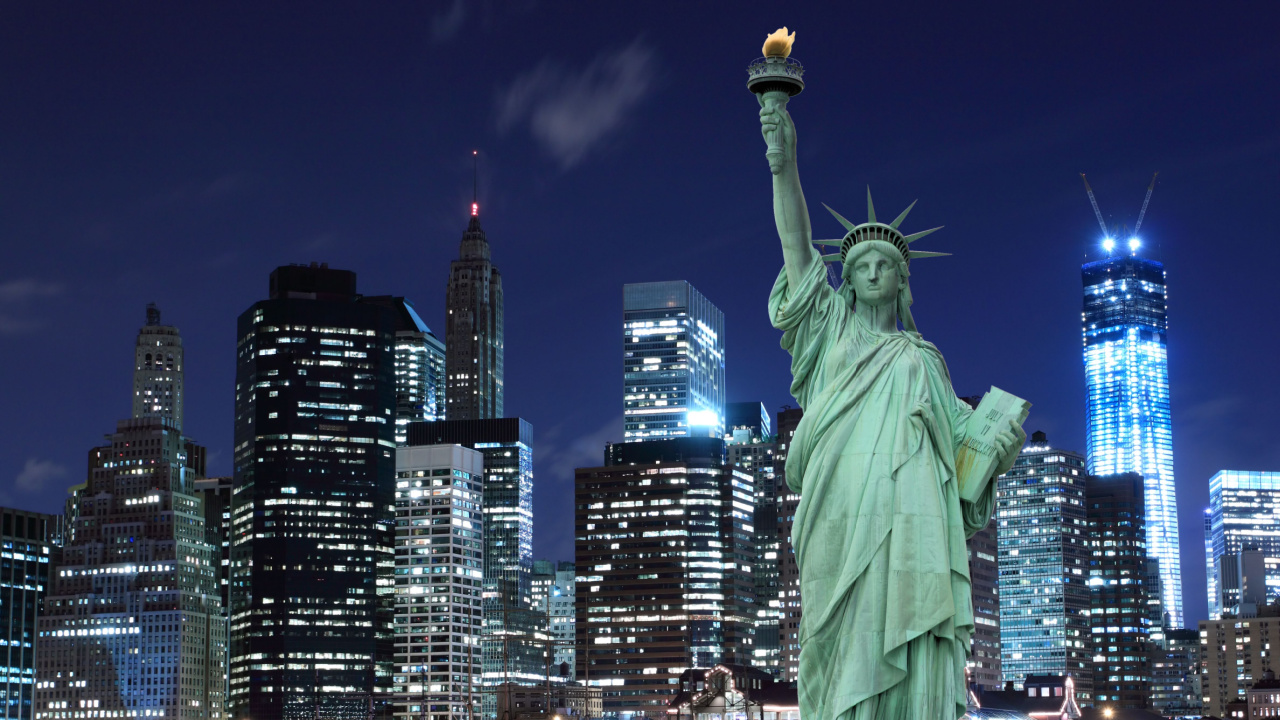
Katy Willis is a writer, lifelong homesteader, and master herbalist, master gardener, and canine nutritionist. Katy is a preparedness expert and modern homesteader practicing everyday preparedness, sustainability, and a holistic lifestyle.
She knows how important it is to be prepared for whatever life throws at you, because you just never know what's coming. And preparedness helps you give your family the best chance to thrive in any situation.
Katy is passionate about living naturally, growing food, keeping livestock, foraging, and making and using herbal remedies. Katy is an experienced herbalist and a member of the CMA (Complementary Medical Association).
Her preparedness skills go beyond just being "ready", she's ready to survive the initial disaster, and thrive afterward, too. She grows 100% organic food on roughly 15 acres and raises goats, chickens, and ducks. She also lovingly tends her orchard, where she grows many different fruit trees. And, because she likes to know exactly what she's feeding her family, she's a seasoned from-scratch cook and gluten-free baker.
Katy teaches foraging and environmental education classes, too, including self-sufficient living, modern homesteading, seed saving, and organic vegetable gardening.
Katy helps others learn forgotten skills, including basic survival skills and self-reliance.
She's been published on sites such as MSN, Angi, Home Advisor, Family Handyman, Wealth of Geeks, Readers Digest, and more.
